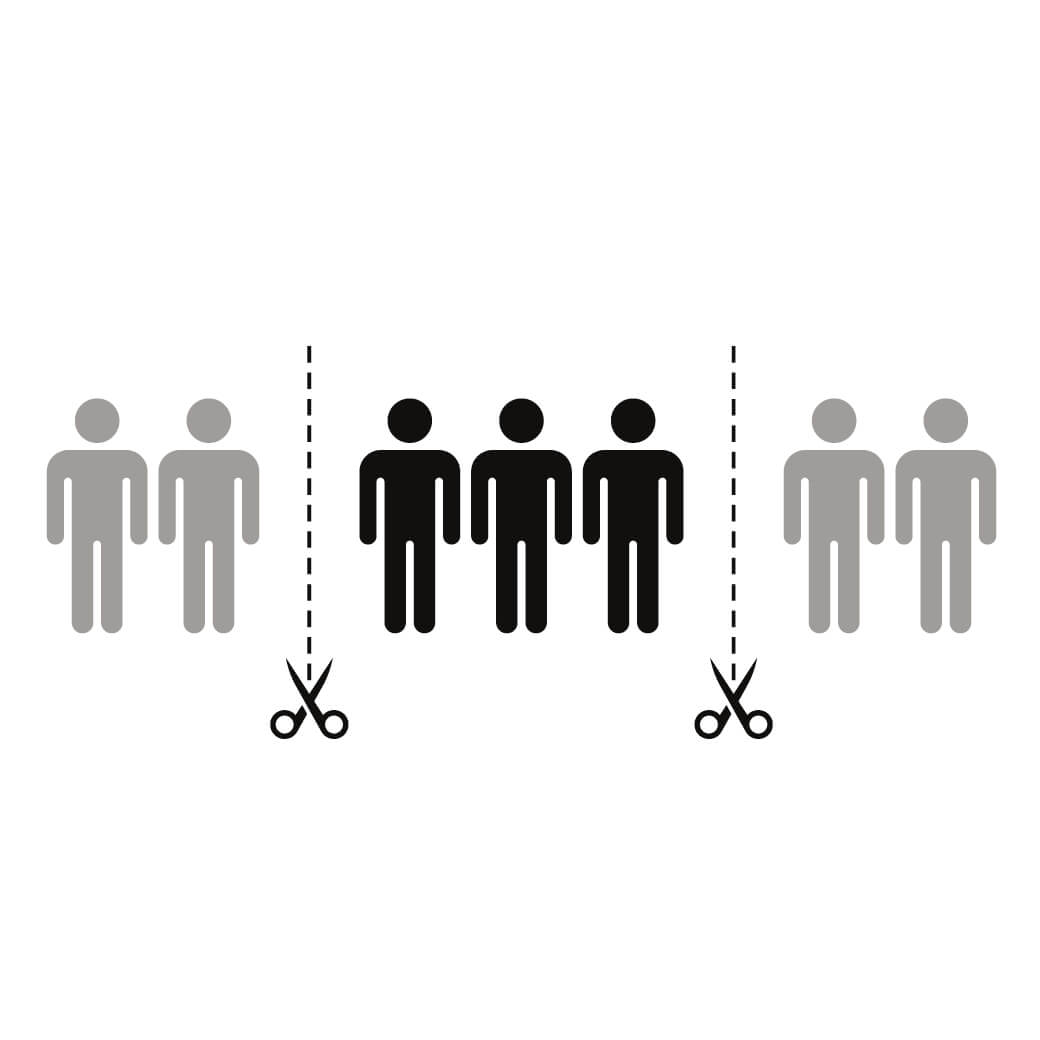
I have never hidden my general wariness of RFPs (Requests for Proposals). My main reason is that too often, people without the specific expertise of the very people they are seeking to hire to create a solution, hem in those experts by overly tightening the framing of the problem. This has often put me in a place of not agreeing with the solution that I am being asked to provide – or at least questioning whether the problem has been properly identified. Creating a great solution to the wrong problem is not the road to success.
Similarly, in the world of public health and behavioral change – my life’s work – the demand for “evidence-based campaigns” can too easily cross the intended line to become a form of conceptual gatekeeping. The data has to come from a certain type of study. It must reflect a certain kind of measurable outcome. And it must fit inside a predefined narrative of what “works.” (To be clear, I am a strong advocate of utilizing evidence, just very wary of its often slack and prima facie application.)
The reality is that most evidence isn’t neutral or absolute. It’s controlled by whoever gets to do the defining and interpreting. So, when we ask for “evidence-based solutions,” we should also ask:
Let’s not forget that there has never been a long-term randomized controlled trial (RCT) to prove the efficacy of flossing, so promoting it is not, per se, evidence based. Imagine the colossal health ramifications if we stopped promoting it.
In suicide prevention, it has become reflexive practice to avoid putting images of guns or pills in PSAs. And like with many things, there is evidence to support that – the Werther effect. But this brush tends to paint more broadly than the data actually suggests and can close the doors on a lot of prevention that would seem more authentic in say, gun-country – such as a PSA showing turning over one’s guns to a family member when feeling depressed (incorporating the Papageno effect).
Similarly, it is now considered standard practice to list a suicide hotline at the end of stories about suicide or certain gender or identity issues. Again, a broad brush. When done correctly, the information is incorporated into the story and with a narrative such as “if you are feeling this way also…” A combined message of hope and recovery is also a good thing. But just tacking a suicide hotline number on the end of a story that some may find challenging runs the risk of suggesting that suicidal ideation is a natural reflex to such stories; it can be overly suggestive and chip away at resilience, tilting people toward the very path the message seeks to avoid.
As I often point out to audiences when speaking, many shortfalls begin with good intentions – and the intentions are indeed good here: the overarching goal is to create effective prevention messaging. We must, however, be vigilant to resist overly bureaucratic urges that end up erecting a rigid wall, leaving no entry point for innovative and promising solutions – or solutions that more granularly analyze the data.
Humans are pattern-seeking – but we’re also heavily biased toward narrative, recent events, and observable behavior. We also tend to fixate on the most immediate stimuli: Why did that person say that? Why are young people doing this new thing? Why are consumers suddenly acting irrationally? We see events but often miss the deeper structure beneath them.
There is much conversation in the ether saying that many voters have done a hard 180 in the last decade, dumping old beliefs and replacing them with new seemingly oppositional ones. It is often framed as hypocrisy. One decade it is free trade and moral fibre, the next it is tariffs and bombast. It can seem neck-snapping. But that is because we focus on the ship, not the compass and doing so ignores the currents underneath.
What if the underlying identity hasn’t changed – just the expression of it?
Certainly, the vessel may have changed – the language, the leaders, the overt policy positions – but the course? That has actually remained rather constant.
Dive beneath the surface and you will see an enduring set of currents: fear of losing societal status, suspicion of “others,” reverence for strong leadership and a yearning to return to simpler, more ordered times (whether real or imagined). Those same emotions have been politically kneaded for decades.
However, the current galactic levels of digital tracking and analysis on one side combined with the identity-manipulating power of social media algorithms on the other allows these emotions to be molded and aligned with ever greater synchrony toward larger goals — all the time feeling part of who you are.
This is why when it comes to behavioral and public health, recognizing identity as the driver of behavior change is so important, because it better frames the issues and thus also better frames the possibilities for positive change.
People hew to their identity the way a compass needle hews to north. It may waver but always returns. When people’s observable behavior shifts – even significantly – they are generally not reinventing themselves rather than following a deeper coherence. What may look like contradiction from the outside feels like continuity from the inside.
Which is to say that people will adopt behaviors that feel true to their concept of self. So, asking or expecting someone to become “someone else” in order to effect positive change in their lives is a fool’s errand. Even if they want to, at the end of the day, people naturally steer toward a coherent sense of identity – to them. But if you can provide a path that allows for different behavior within their core identity or as an aspirational/upgraded but still authentic version of their identity, it is much more likely to stick. Their ship of self feels true to course because you have only moved the rudder a few degrees. But over time, that can lead to great and positive change. (Of course, it can just as easily be manipulated toward negative outcomes…)
Finding ways to help people positively change behavior while still being “themselves” is always going to beat asking them to try and sail against the tide of who they are.
– Simon Dixon

When humans face true cataclysm, we pull together. When it’s about money and power, not so much.

When people see public health messages directed at them, they are very aware that others can see them also and it can trigger concern of how other people in the community now think about them.
People seek to have power over their own lives. Teens, adults, older adults – everyone. What happens when they feel powerless? What happens when you or your communications make them feel they have less power?
The way we talk to others demand that they accept an identity for themselves, and sets up a particular relational dynamic. If we're not careful, that identity can be stigmatizing or turn away the very people we're trying to help.
Get the latest posts and updates delivered to your inbox.